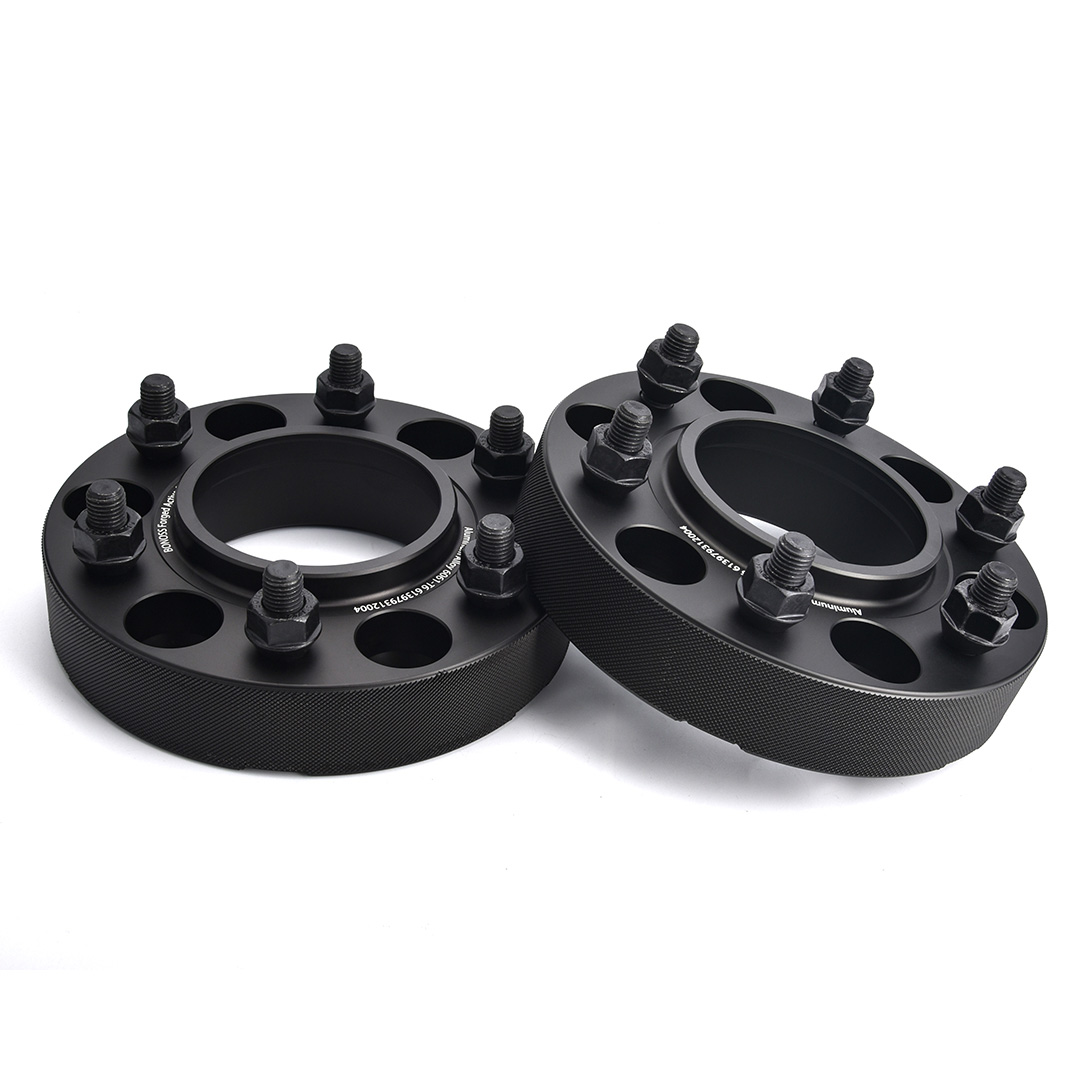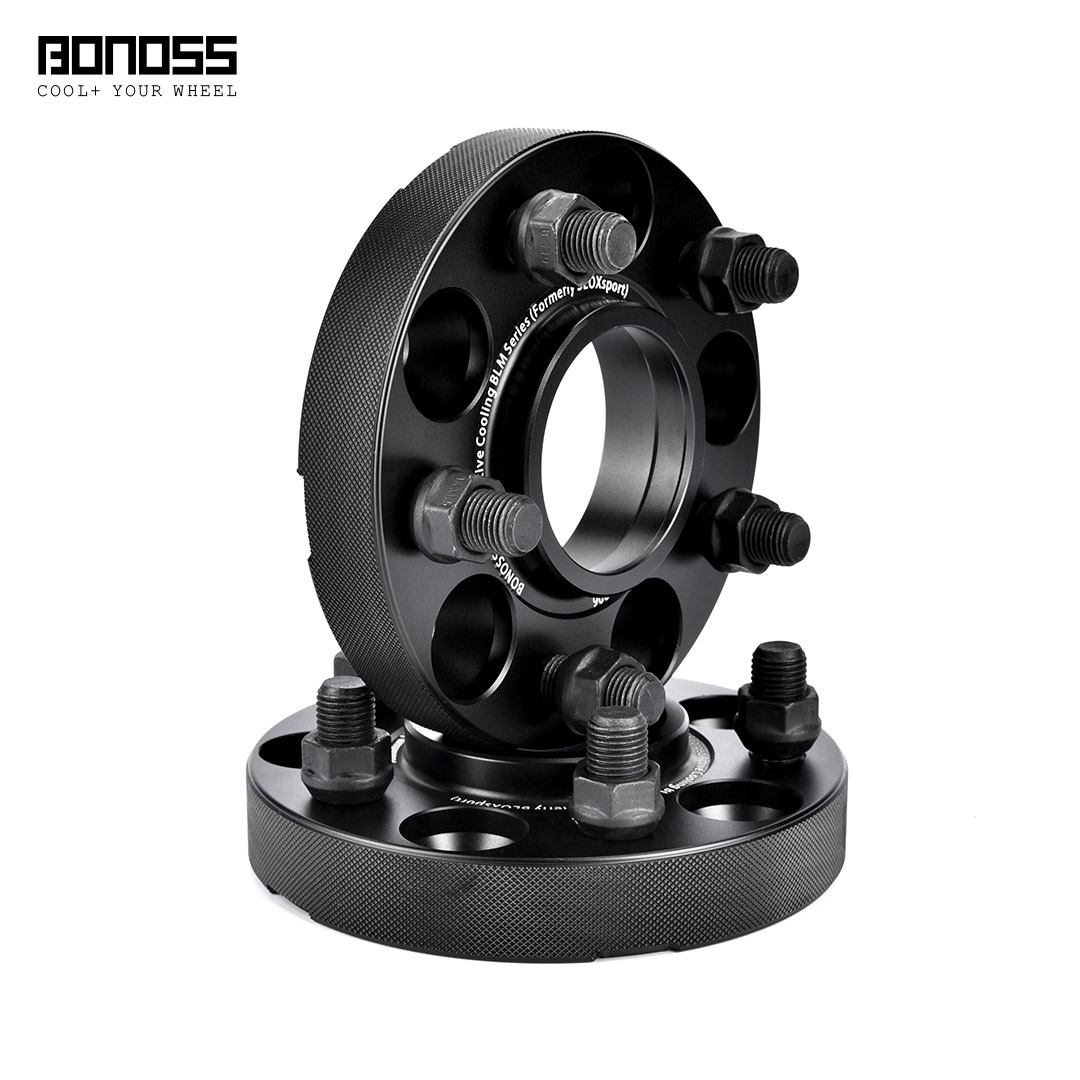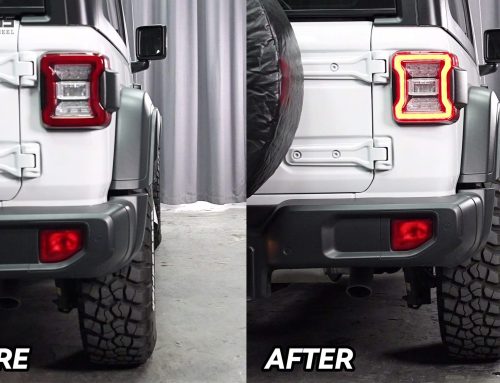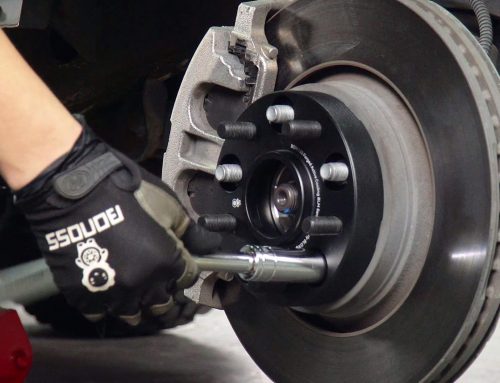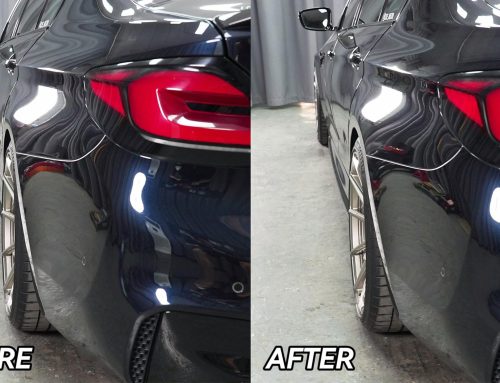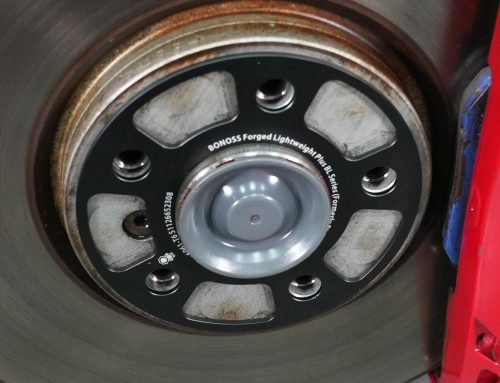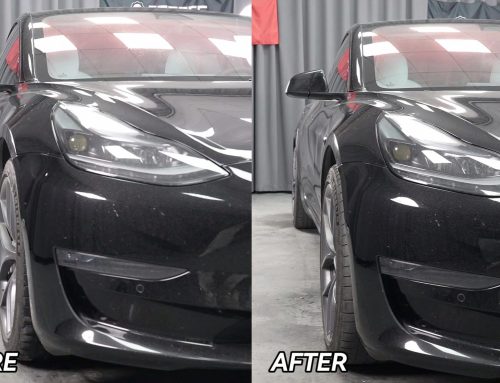As long as you properly torque them, high-quality golf cart wheel adapters are safe to use. At the final installing process, it is recommended to use a good calibrated torque wrench to torque each wheel lug nut in a crisscross sequence. This ensures each lug is forced evenly. Here is the REFERENCE torque spec on the spacers for a golf cart:
- M12 lug nuts or bolts: 83.3 lb-ft (113 Nm);
- M14 lug nuts or bolts: 103.5 lb-ft (140 Nm).
For some wheels or applications, you may need more or less tightening torque. So, it’s best to consult a tire specialist to ensure the exact torque spec before operating. It’s crucial to follow the torque specifications provided by the wheel spacer manufacturer and to double-check the lug nut torque after 50-100 miles of driving.
Choosing the Right Golf Cart Wheel Spacers
Bolt Pattern (PCD): To ensure a safe fit, the spacer bolt pattern must be the same as the vehicle lug pattern. Double-check the vehicle bolt pattern in your owner’s manual before buying a set.
- Yamaha Golf Cart: PCD=4×101.6mm or 4×4″
- Evolution Golf Cart: PCD=4×101.6mm or 4×4″
- Icon Golf Cart: PCD=4×101.6mm or 4×4″
- E-Z-Go Golf Cart: PCD=4×101.6mm or 4×4″
- Kandi Golf Cart: PCD=4×101.6mm or 4×4″
Correct Offset: Wheel spacers reduce the offset. For example: if your stock wheel offset is 0mm, then a 30mm spacer will make the final offset -30mm.
What Are the Best Golf Cart Wheel Spacers for Sale?
High-end wheel spacers are produced with top-quality materials to provide optimum performance to the vehicle. For example, BONOSS forged active cooling golf cart wheel spacers are made of advanced machinery and undergo a series of safety tests before leaving the factory. BONOSS offers several key advantages that make their spacers a top choice.

1. Active Cooling for Safe Upgrades
BONOSS forged active cooling wheel spacers are helpful in improving brake cooling efficiency. The heat dissipation grooves send the external cold air to flow continuously inside the wheel spacer when it rotates. The air takes away the heat to actively dissipate heat for the braking system. This boosts the cooling efficiency, reducing brake thermal decay, and improving road safety.
2. Side Knurling for Enhanced Stability
BONOSS forged active cooling spacers are finished with a knurling surface on the sides. Knurling can enhance the aesthetics and enlarge the side area so that it can contact more air, boost the heat dissipation effect, and also reduce internal stress. That means improving the performance, strength, and durability of the BONOSS forged golf cart wheel spacers.
3. Hard Anodizing for Improved Durability
Since BONOSS forged wheel spacers are made of aluminum alloy, they won’t rust easily. What’s better, BONOSS applies a special hard anodized surface treatment to further resist rust and corrosion. Anodizing creates a perfectly formed to ensure spacer surface of unparalleled corrosion resistance. So, your BONOSS forged golf cart wheel spacers won’t rust over time.
Frequently Asked FAQ
Q: Should I put wheel spacers on my golf cart?
A: Countless successful cases show that putting wheel spacers on a golf cart is exactly safe as long as they fit the vehicle and are installed correctly. What’s better, they provide the same advantages as many offset wheels.
Q: Do I need an alignment after wheel spacers?
A: Adding wheel spacers won’t mess up alignment. So, you don’t need an alignment if you just install spacers on a golf cart.
Q: Are universal golf cart wheel spacers safe?
A: It is NOT a good idea to use universal wheel spacers on a golf cart. Brand manufacturers (like BONOSS) will make vehicle-specific Yamaha/ Evolution/ Icon/ Ezgo/ Kandi golf cart wheel spacers.
Final Verdict: Elevate Your Car with BONOSS
With these outstanding advantages, it’s clear that BONOSS forged Golf Cart wheel spacers offer exceptional safety, durability, and professionalism. Whether you’re upgrading the aesthetics or improving the handling, choosing BONOSS ensures that you’re getting a product that meets the highest standards of performance and quality. Your car deserves the best.
(Hi, I’m Kevin Brian, a 30-year mechanical engineer. For a better user experience, this article is original content uploaded by humans. It is not generated by Artificial intelligence (AI) Models or tools.)



